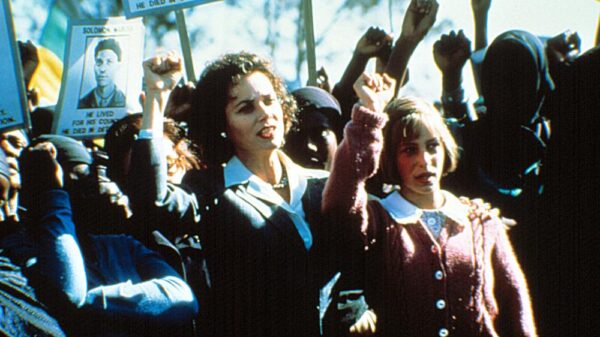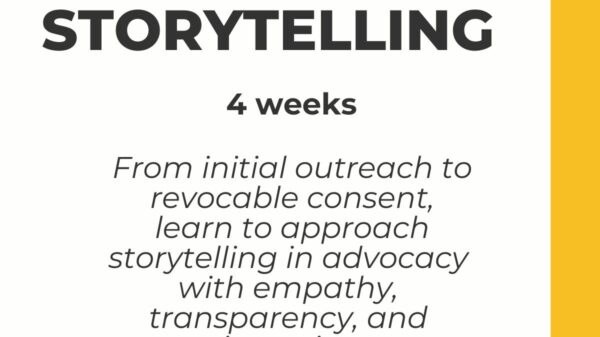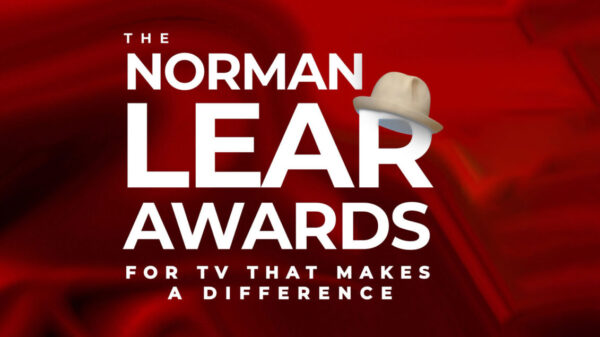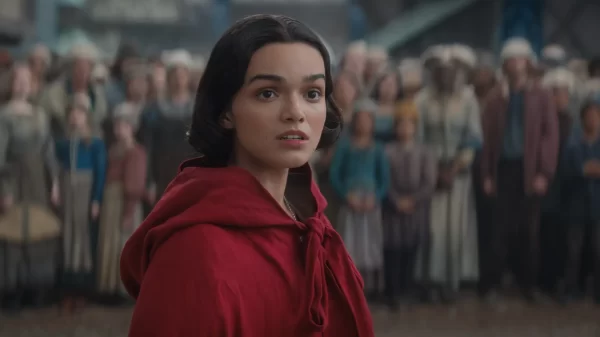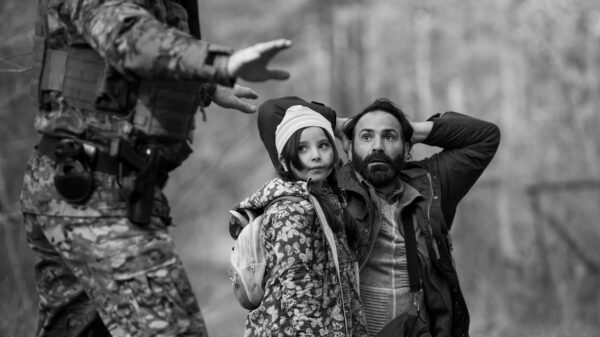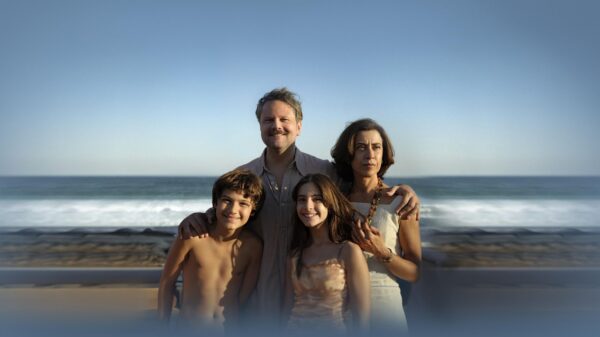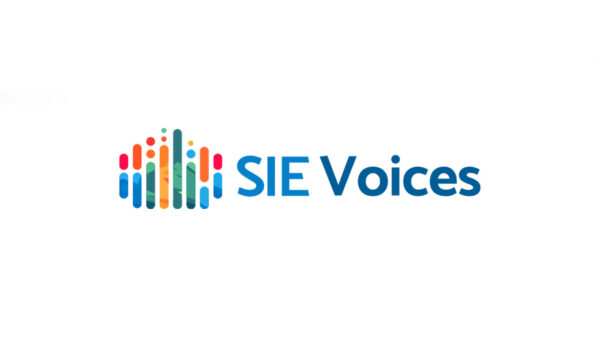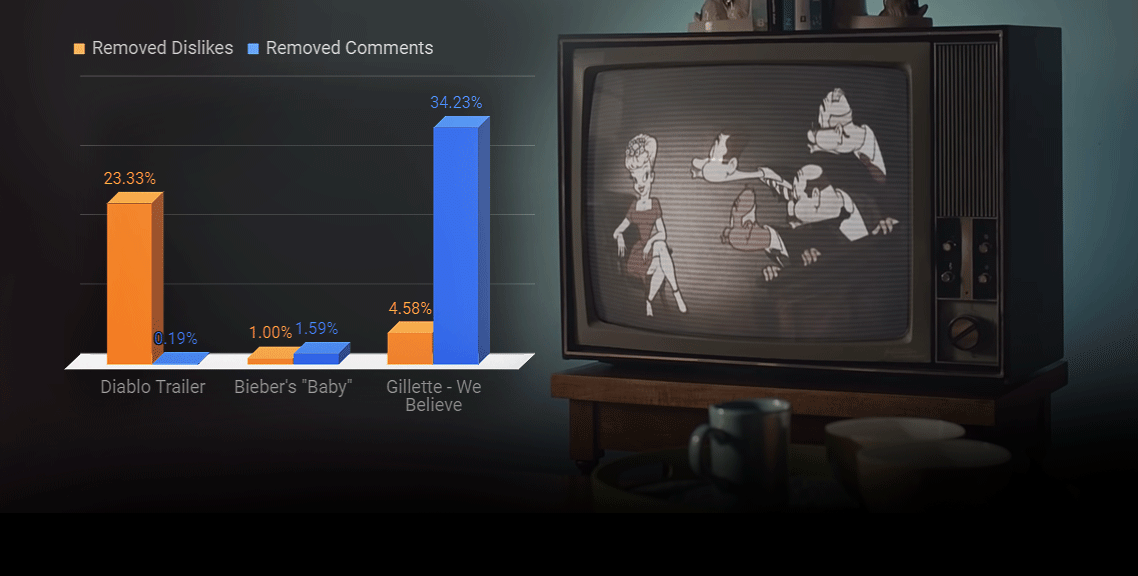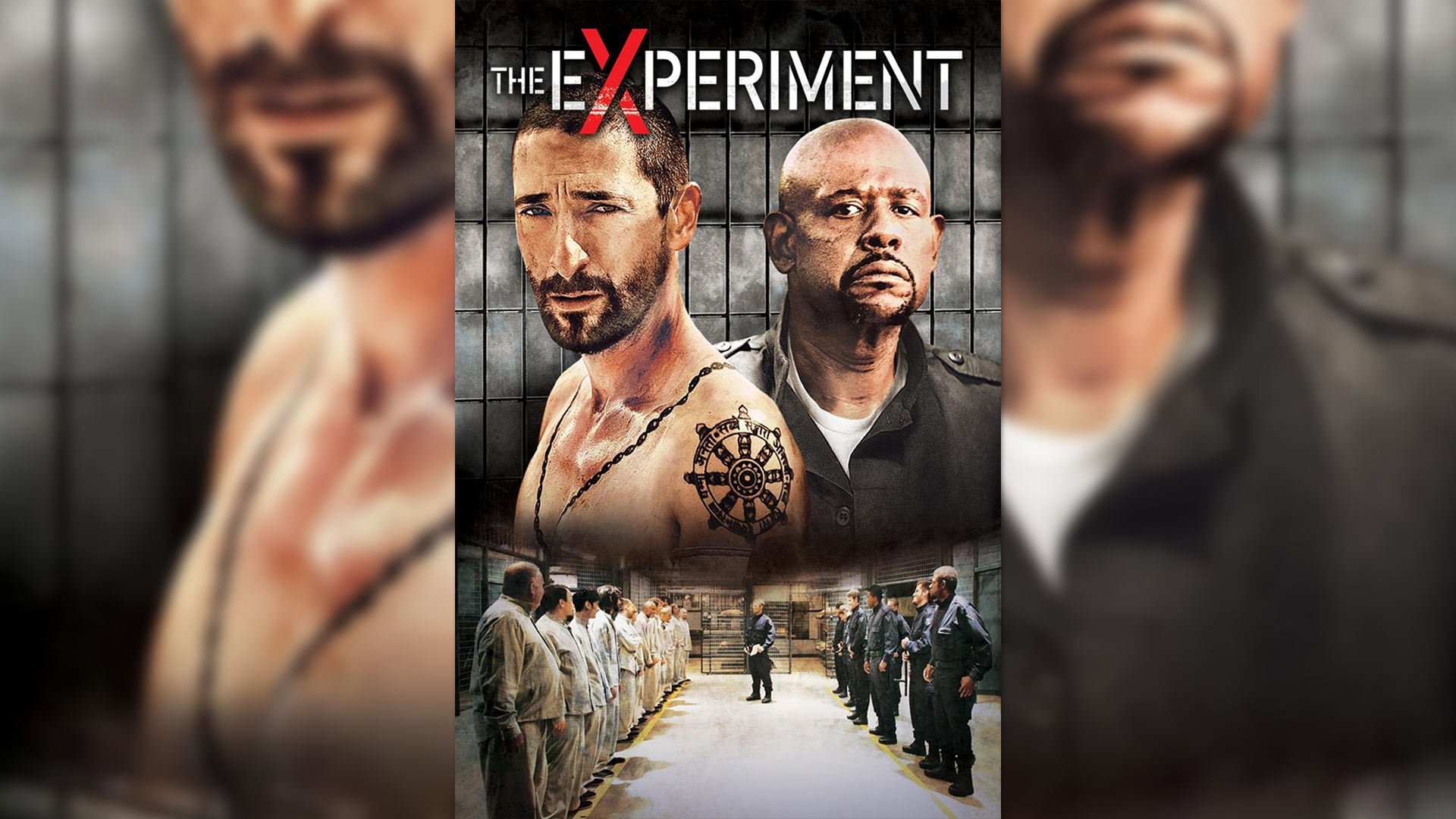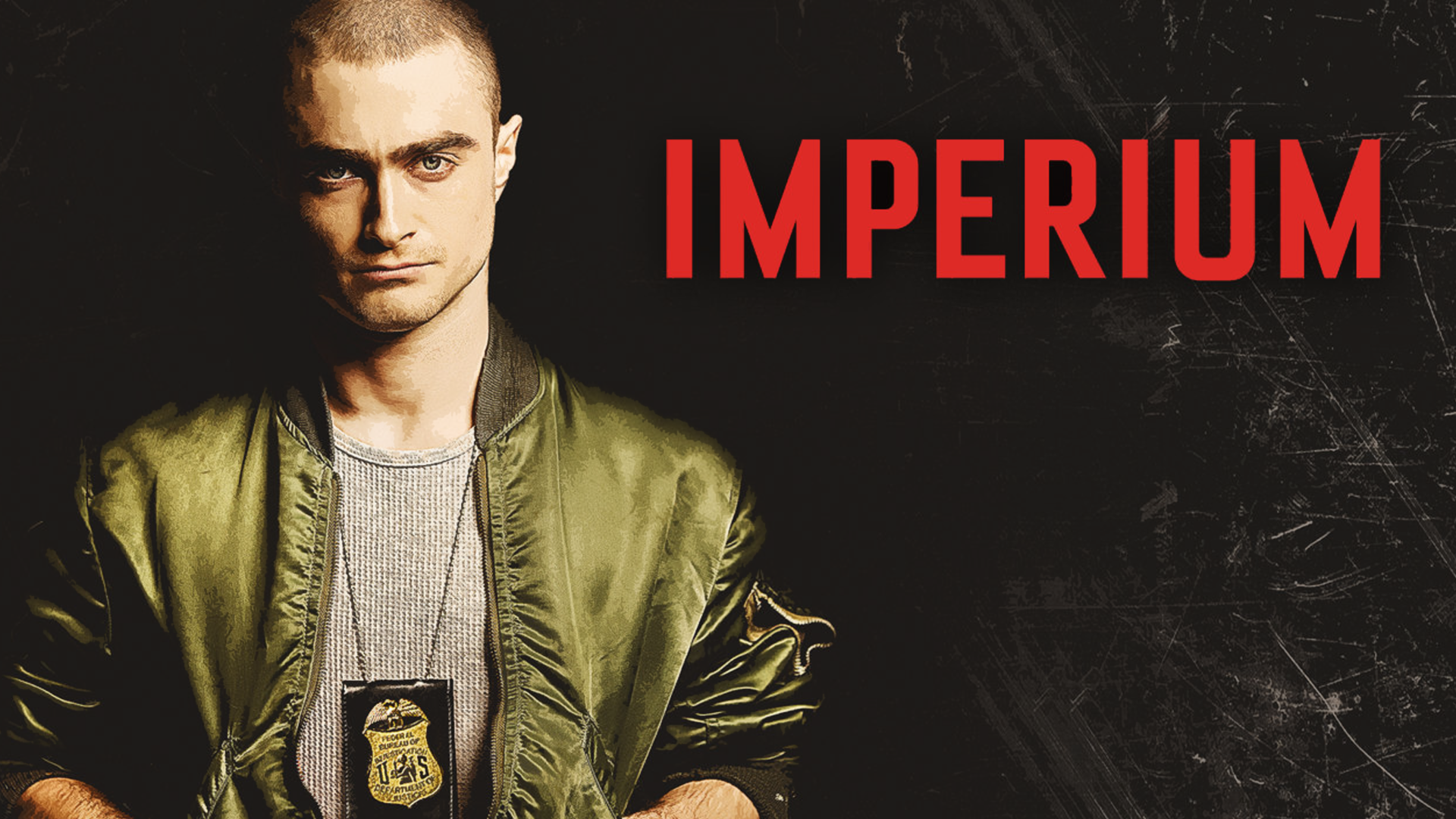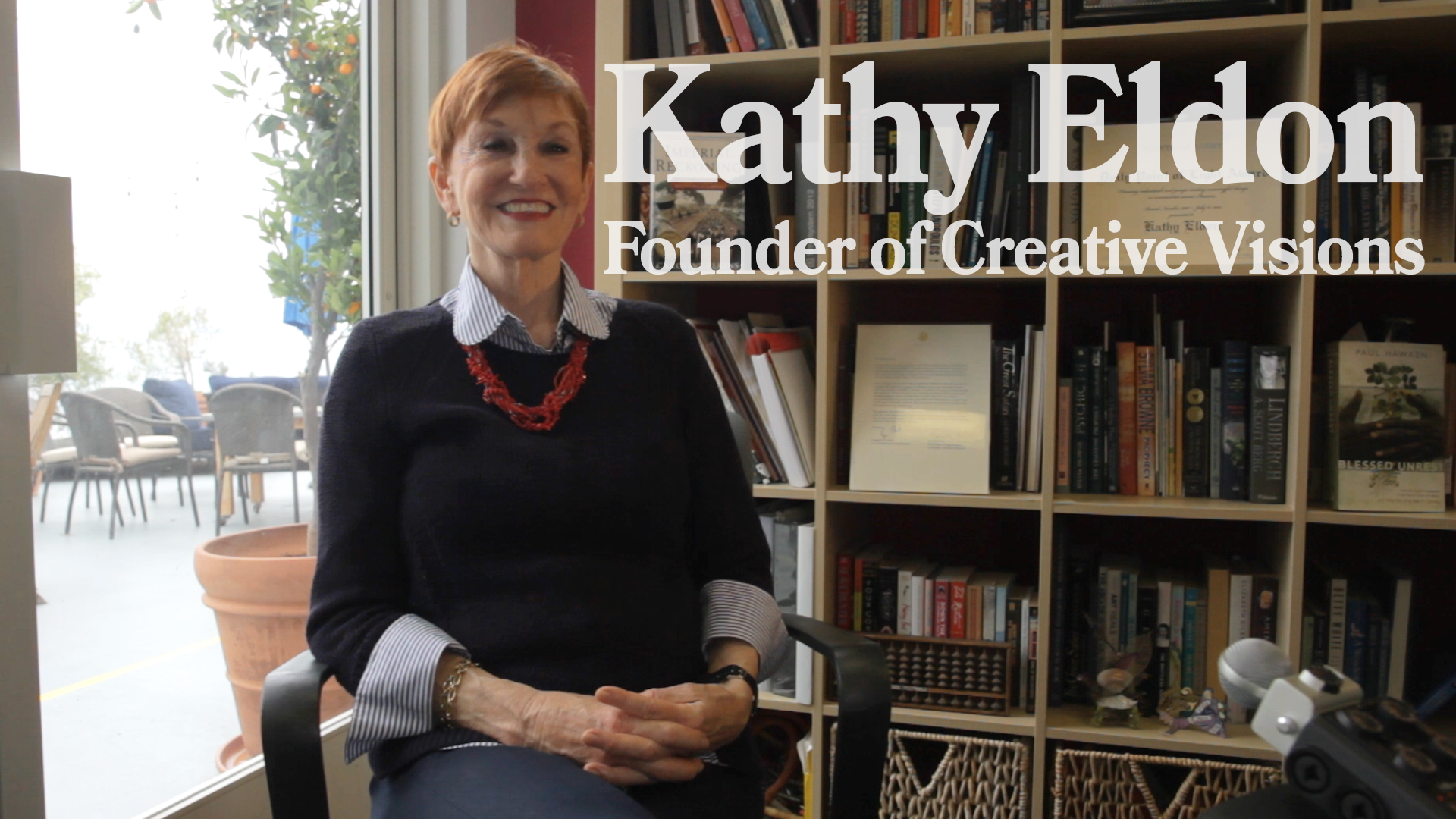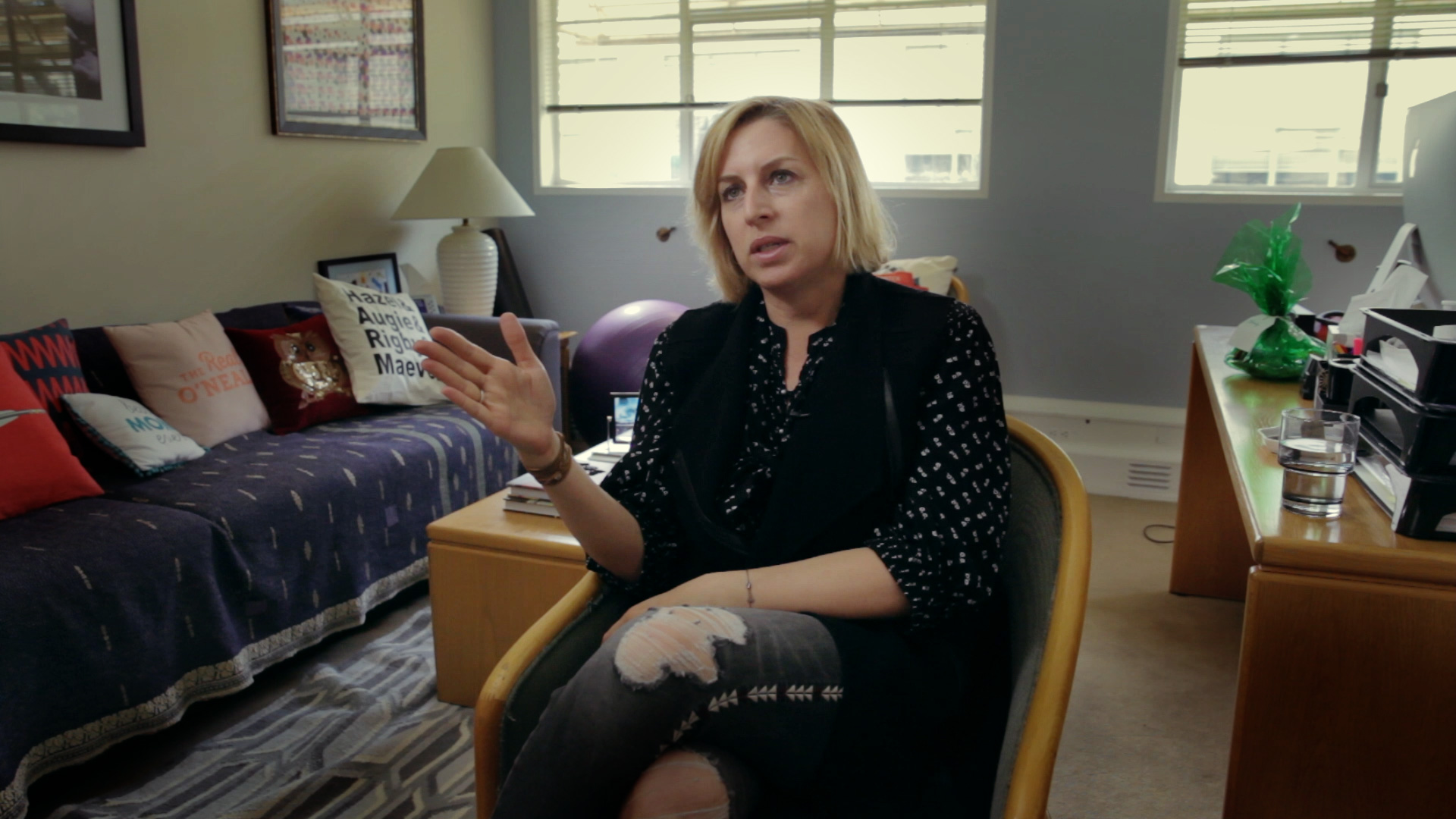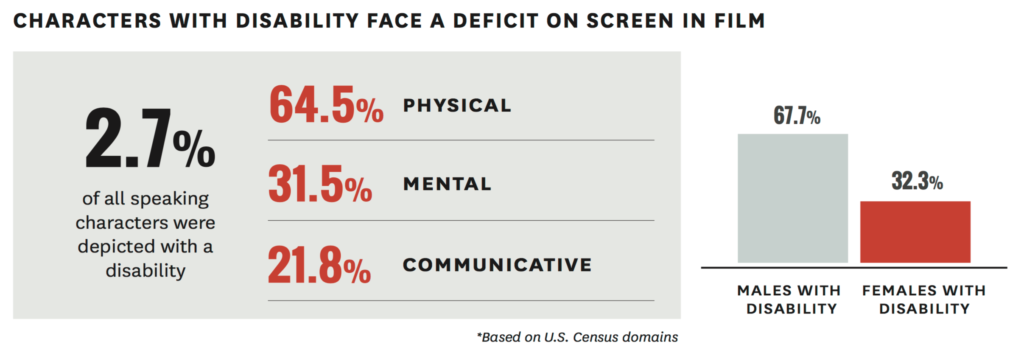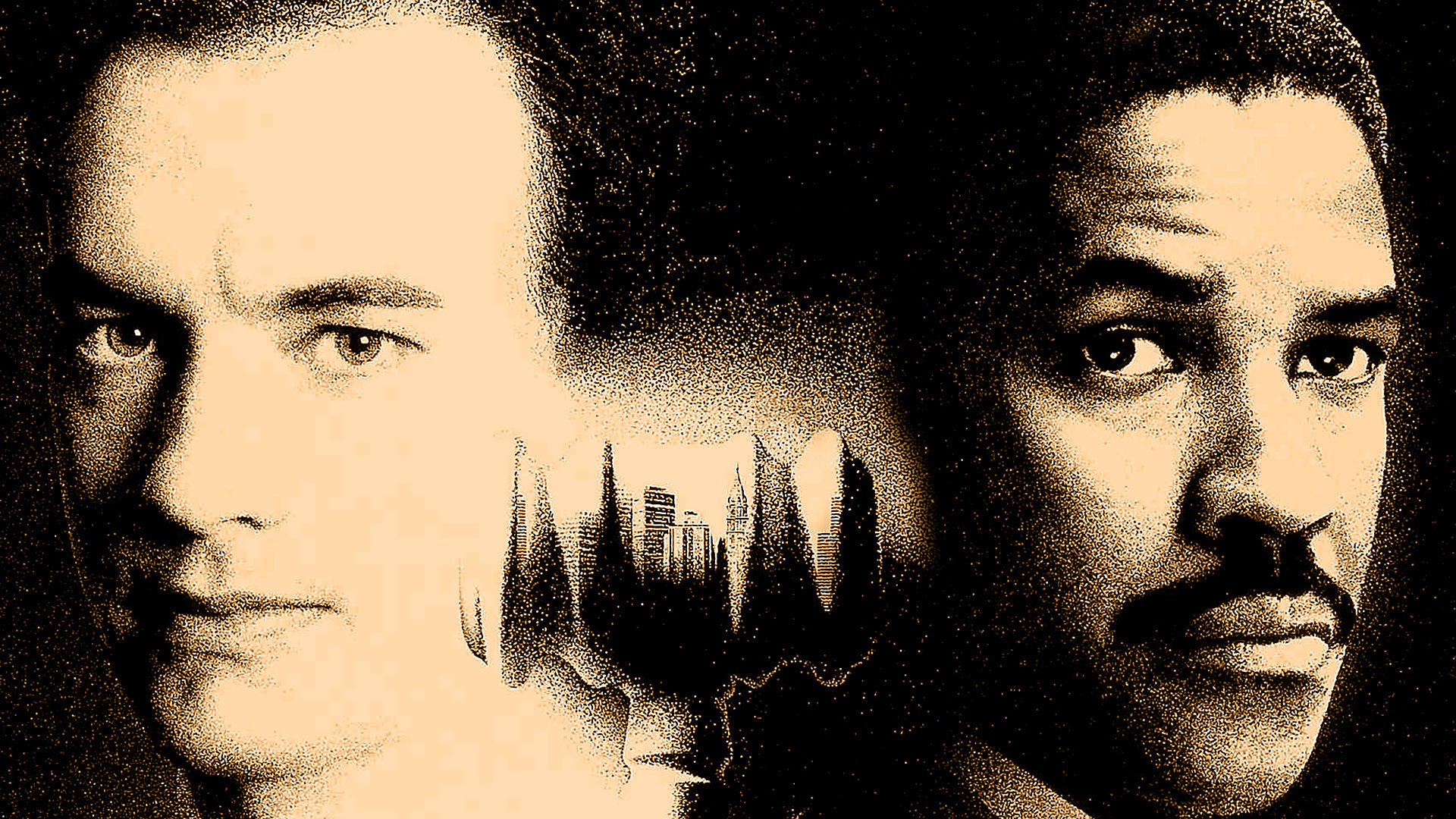Google “disability in film” and the first article that pops up is from 2012, “Disability in film: is cinema finally moving with the times?”
Five years later, cinema is still not there yet. People with disabilities on screen are almost invisible. In fact, only 2.7% of all speaking characters on screen have a disability, according to Stacy Smith’s 2007-2016 study on disability portrayal in film by USC Annenberg.
During the disability rights movement in the 1990’s, the slogan “Nothing about us, without us” came into popularity and that mentality still holds today. Cinema of Change sat down with Tatiana Lee, a do-it-all actress, model, and lifestyle blogger with Spina Bifida who founded Accessible Hollywood to discuss 5 simple things people can do every day to increase disability awareness and support the community.
- Ask questions if you don’t know.
If you’re uncomfortable, people can tell. Don’t be shy to ask questions! It is better that you don’t know and learn about a disability or person, than hold onto misconceptions and remain ignorant.
- Purchase from brands that support people with disabilities.
How often do you see people with disabilities in ads, let alone for lingerie? Well, Parfait Lingerie is truly embracing its #perfectfigure campaign and showing you what different bodies look like, even those that are in wheel chairs. Just as you would buy free-trade coffee or ethically produced clothing, support brands that care about representing people with disabilities, like Cur8able, a blog where you can find curated fashion for people with disabilities. Other common brands that support disability inclusion are Tommy Hilfiger, Zappos, Target, and Gap, just to name a few. Your money has power – use it to demand what (or who) you want to see from companies!
- Check if places are wheel-chair accessible and ask managers about it if not.
Often times in discussions about disability inclusion, people with disabilities cannot even get into the room. Literally. Whenever you go someplace new, check to see if there is a ramp or elevator available. If not, ask why.
- Watch content that actually features actors or actresses with disabilities, or at least have script consultants who are disabled.
Just as you would not have a White person portray an Asian character, it is not ideal to have an able-bodied person play a character with a disability. However, if that is the case, research to ensure that the production included a consultant or coach that is disabled who understands the community. Tatiana recommends some shows here that are on the path to authentic representation: Breaking Bad, Speechless, Push Girls (a reality-documentary series following four women who live with paralysis) and Tatiana’s upcoming show, Pretty Dudes. Soul Pancake also released a quick, 3 minute video on disabilities as part of their “How You See Me” series, which features stories from real people.
- Check your own preconceptions.
People with disabilities can be beautiful and intelligent! Societal stereotypes often portray them as otherwise, so check your own mindset and actively work to counter negative biases.
We must remember that there are both mental and physical disabilities. Just because someone is not in a wheel chair does not mean that they may not be struggling with schizophrenia, bipolar disorder, anxiety, and the list goes on. Disability inclusion is not only about representation in media; it is a constant, conscious effort to recognize the beauty and value of an integral community that has silenced for far too long.


